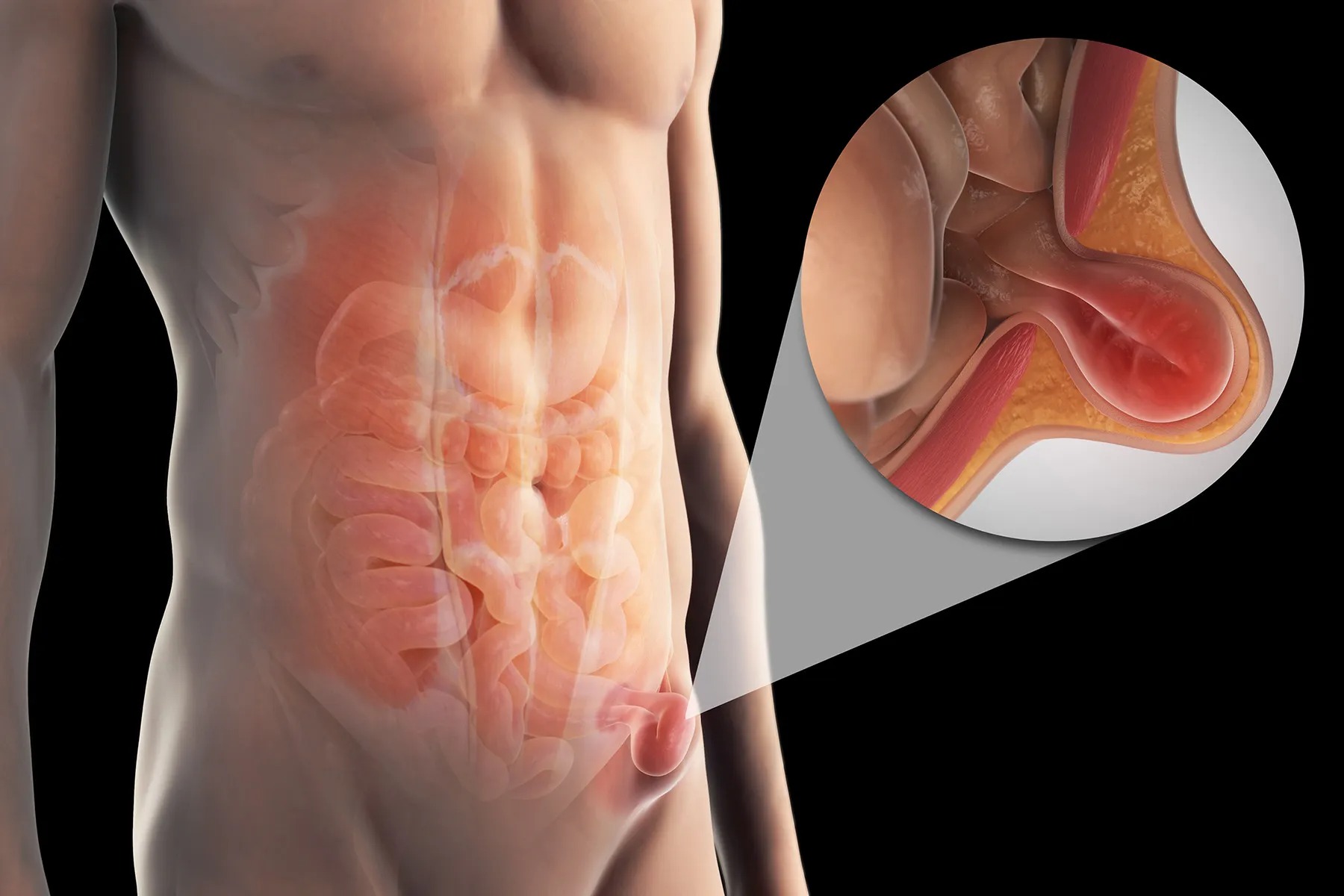A hernia is one of the most common yet often misunderstood medical conditions. It can affect people of all ages and genders, and while it might start as a minor discomfort, it can lead to serious health complications if left untreated. Thankfully, advancements in surgical care—particularly laparoscopic surgery—have made hernia treatment safer and faster than ever.
In this comprehensive blog post, we’ll explain what a hernia is, its various types, causes, symptoms, how it is diagnosed, and the most effective treatment options available today. Whether you’re concerned about a bulge in your abdomen or exploring your options for surgery, this guide will help you understand everything you need to know.
What is a Hernia?
A hernia occurs when an internal organ or tissue pushes through a weak spot or tear in the muscle or surrounding tissue wall. Most commonly, hernias occur in the abdominal area, but they can also develop in the groin, diaphragm, or even around surgical scars.
Hernias often present as a visible bulge that may or may not be painful. While some hernias may remain stable for years, others can enlarge or become trapped (incarcerated), requiring urgent surgical attention.
Types of Hernias
There are several different types of hernias based on their location:
1. Inguinal Hernia
The most common type, it occurs in the groin when part of the intestine protrudes through the inguinal canal. More common in men.
2. Umbilical Hernia
Occurs near the belly button. It’s common in infants but can also affect adults.
3. Hiatal Hernia
Happens when part of the stomach pushes through the diaphragm into the chest cavity. It may cause acid reflux and chest pain.
4. Incisional Hernia
Develops at the site of a previous surgical incision. It’s due to weakness in the scarred area of the abdominal wall.
5. Femoral Hernia
Occurs in the upper thigh, just below the groin. More common in women and carries a higher risk of complications.
6. Epigastric Hernia
Forms between the chest and the belly button, typically appearing as a small lump.
Causes of Hernias
Hernias are generally caused by a combination of muscle weakness and straining. Common risk factors and triggers include:
- Heavy lifting without proper technique
- Chronic coughing or sneezing (as in asthma or smoking)
- Obesity, which adds pressure to the abdominal wall
- Constipation leading to straining during bowel movements
- Pregnancy, which stretches abdominal muscles
- Previous surgeries that weaken abdominal walls
- Aging, which naturally causes tissue weakening
- Congenital defects present at birth
It’s important to address both the cause and the symptoms to prevent recurrence after treatment.
Symptoms of a Hernia
The symptoms can vary depending on the type and severity of the hernia, but the most common include:
- A noticeable bulge or lump in the abdomen or groin
- Pain or discomfort when bending over, coughing, or lifting
- A feeling of heaviness or pressure in the abdomen
- Burning or aching sensation at the hernia site
- Swelling that may go away when lying down
- Digestive issues like heartburn or difficulty swallowing (in hiatal hernia)
When to Seek Emergency Care:
Some hernias become trapped (incarcerated) or lose blood supply (strangulated), which can be life-threatening. Call a doctor immediately if you experience:
- Sudden, intense pain
- Nausea or vomiting
- Inability to pass gas or have a bowel movement
- A bulge that turns red, purple, or dark
Diagnosis of Hernia
Diagnosing a hernia typically involves:
1. Physical Examination
A healthcare provider may feel the bulge during a routine check-up, especially when you cough or strain.
2. Imaging Tests
To confirm the diagnosis or assess complications, doctors may use:
- Ultrasound – often used for groin hernias
- CT Scan or MRI – provides detailed images of abdominal structures
- Endoscopy – especially for hiatal hernias, to visualize the esophagus and stomach
If you suspect a hernia, consulting an experienced Surgery Doctor is essential for a proper diagnosis and treatment plan.
Treatment Options for Hernia
There are two primary paths: non-surgical and surgical treatment.
Non-Surgical Management
In small, asymptomatic hernias, doctors may recommend:
- Watchful waiting – Regular monitoring of symptoms
- Lifestyle changes – Weight loss, avoiding heavy lifting
- Wearing a truss or support belt – Provides temporary relief, not a cure
However, hernias do not heal on their own and may worsen over time, so surgery is often the definitive treatment.
Surgical Treatment
Surgery is the most effective and permanent solution for hernias. There are two main types of hernia surgery:
1. Open Hernia Repair
- A single large incision is made at the hernia site
- The protruding tissue is pushed back
- The muscle wall is reinforced with stitches or surgical mesh
- Performed under general or local anesthesia
2. Laparoscopic Hernia Repair
A minimally invasive option where:
- Small keyhole incisions are made
- A camera and surgical tools are inserted
- The hernia is repaired using mesh from inside
- Recovery is faster with less pain and scarring
For many patients today, a Laparoscopic Surgeon is the preferred choice, especially for bilateral or recurrent hernias. The benefits include:
- Shorter hospital stay
- Faster return to work and daily activities
- Less risk of infection
- Smaller incisions and cosmetic advantage
Post-Surgery Recovery
Recovery varies depending on the type of surgery, hernia size, and individual health:
- Open Surgery: 2–4 weeks before returning to light activities
- Laparoscopic Surgery: 1–2 weeks for most patients
Doctors usually advise:
- Avoiding heavy lifting for a few weeks
- Wearing support garments if needed
- Following a high-fiber diet to prevent straining
- Taking pain medications as prescribed
- Keeping the wound area clean and dry
Preventing Hernia Recurrence
Though hernia surgery has high success rates, there’s a small chance of recurrence. To reduce the risk:
- Maintain a healthy weight
- Strengthen abdominal muscles gradually
- Avoid heavy lifting or use proper technique
- Treat chronic cough or constipation
- Follow your surgeon’s advice during recovery
Final Thoughts
A hernia may start as a minor issue, but it can lead to discomfort and serious complications if left untreated. The good news is that hernias are highly treatable—especially with modern surgical methods.
Whether you’re managing a new diagnosis or evaluating treatment options, consulting a skilled Surgery Doctor will ensure the best possible outcome. For those seeking less invasive procedures, a Laparoscopic Surgeon can offer advanced techniques with faster recovery times.
With timely care, expert guidance, and proper post-operative management, you can overcome a hernia and return to your normal life—stronger and healthier than ever.










